Method tackles kinetic and thermodynamic hurdles
Researchers have developed a way to selectively reduce carbon dioxide directly from industrial waste gases.1 The method uses pressure and a clever catalyst design to avoid unwanted, competing reactions.
Flue gas generally contains 5–15% v/v carbon dioxide. Most carbon dioxide electrolysis methods use pure carbon dioxide, but a pure feedstock can cost $70–100 (£54–76) per ton.
Now, David Sinton and his team at the University of Toronto in Canada have selectively converted carbon dioxide from simulated flue gas into the useful C2 products ethylene and ethanol and avoided the need for a pure feedstock. ‘By eliminating purification, we greatly reduce the system complexity as well as the cost of our carbon dioxide feedstock, both of which greatly enhance the commercial feasibility of carbon dioxide electrolysers,’2 Sinton says. ‘[Our method] performs even better than most previous reports that use pure carbon dioxide.’
The simulated flue gas in Sinton’s study contains realistic concentrations of carbon dioxide and oxygen alongside nitrogen and argon. At these low carbon dioxide concentrations, the hydrogen evolution reaction dominates. The team found that pressurising the stream improved carbon dioxide availability at the catalyst, promoting the carbon dioxide reduction reaction.
However, oxygen’s volatile nature in aqueous solutions means it exhibits a high mass flux in relation to carbon dioxide so its reduction also accelerates at pressure. Reducing oxygen is kinetically and thermodynamically more favourable than reducing carbon dioxide, and current state-of-the-art catalysts exhibit low selectivity for carbon dioxide once oxygen is in the system.
Sinton’s team overcame this issue by developing a supported copper catalyst. The support, comprised of hydrophilic nanopores and titanium dioxide, slows oxygen transport to the catalyst’s surface. Carbon dioxide transport is not significantly affected by the layer, favouring its reduction.
‘The fact that they are working with flue gas directly is a really exciting development, because so much of what I read uses 100% carbon dioxide,’ says Jennifer Rudd of Swansea University, UK, an expert in carbon dioxide reduction. ‘When you’re thinking about industrial scale-up, you need something that’s not too challenging to reproduce.’
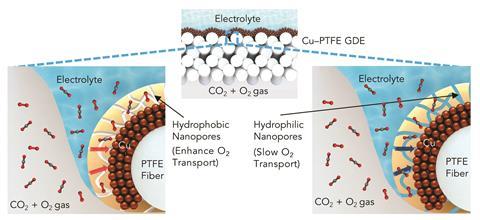
Sinton hopes to inspire more researchers to design systems that consume realistic industrial emissions. He notes that flue gas contains other components such as nitrous and sulfurous oxides, and says his team will study the effects of these impurities in future studies.
References
1 Y Xu et al, Energy Environ. Sci., 2020, DOI: 10.1039/c9ee03077h (This article is free to access until 27 February 2020.)
2 (a) M T Ho, G W Allinson and D E Wiley, Energy Procedia, 2009, 1, 763 (DOI: 10.1016/j.egypro.2009.01.101); (b) R F Service, Science, 2016, 354, 1362 (DOI: 10.1126/science.354.6318.1362)


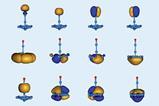
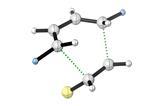
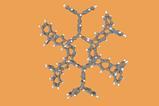
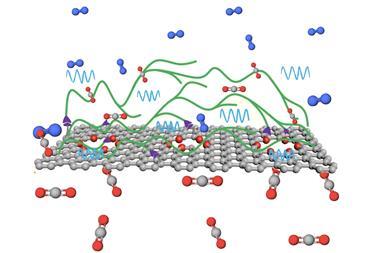
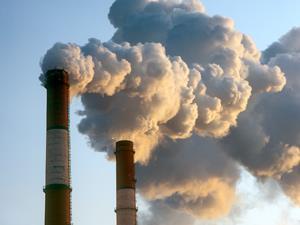
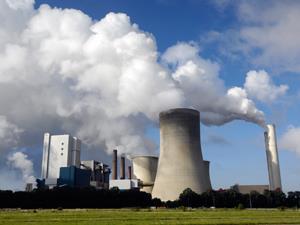









No comments yet